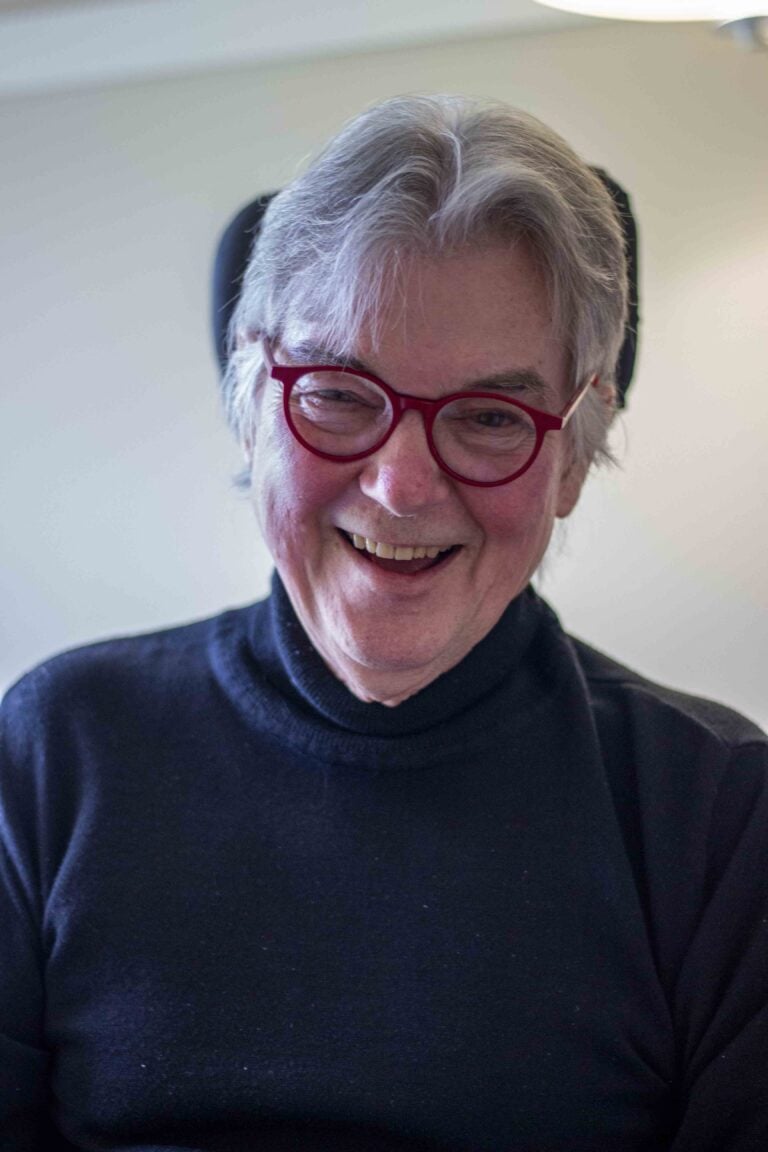Well before Jennifer Doudna and Emmanuelle Charpentier received their richly deserved Nobel Prize in 2022 for pioneering work on gene editing, it was obvious the practice held great promise for hundreds of hereditary diseases.
What wasn’t so obvious then or now were the many stumbling blocks on the way to success.
The low-hanging fruit for gene editing is single protein-encoding genes, which in their mutant dysfunctional form lead to the formation of mutant forms of proteins.
This interferes with the normal function of those proteins and failure, even death, of the target cells, whether in the bone marrow, muscles or nervous system.
Examples include sickle cell anemia, thalassemia, Duchenne muscular dystrophy, myotonic dystrophy and progressive muscular atrophy.
All are potentially fixable if enough normally functioning copies of the genes can be inserted into enough affected cells: motoneurons in the case of progressive muscular atrophy and muscle fibres in myotonic dystrophy and Duchenne muscular dystrophy.
This must be done before too many of those cells are lost. That’s the hope and the enormous challenge.
We’ve learned what sometimes works in experimental models of human hereditary diseases in animals and tissue cultures is, too often, not transferable to human patients.
That can make it hard to anticipate problems with human studies based on those models.
One example was a clinical trial of gene editing in Duchenne muscular dystrophy. This is a X-linked disorder in which a mutant gene on the one X chromosome in males produces a mutant version of the protein dystrophin, normal functioning copies of which are vital to the integrity of muscle fibres.
However, the mutant form of the dystrophin gene leads to fragile, easily shredded muscle fibres, and progressive weakness then death usually before age 20.
The challenge with Duchenne muscular dystrophy was to get enough functioning versions of the dystrophin gene into a high enough proportion of muscle fibres in enough muscles to make a clinical difference – to significantly slow, arrest or even reverse the disease.
The scientists hit two obstacles. First, the dystrophin gene is a giant – one of the largest in the human genome – far too large to piggyback on the adenoviruses used to vector the gene into the muscles.
Second, the number of muscle fibres in the body makes it hard to bundle sufficient virus-gene packets in a single inoculating dose to reach most of the muscle fibres in the body without provoking an immune response to the genes and virus.
And any follow-up shots would surely meet an even more vigorous immune and destroy most of the injected genes.
The solution was to engineer a much smaller version of the normal dystrophin gene containing only the essentials – small enough to be packaged in the adenovirus.
Unfortunately, the truncated version of the normal gene wasn’t effective enough to create meaningful amounts of the dystrophin protein in the muscle fibres of patients with Duchenne.
That shortcoming was made worse by the inability of scientists to inoculate the patients with enough virus and the truncated version of the dystrophin gene, to ensure that high levels of the truncated gene were created, while avoiding a serious autoimmune responses to the virus or the dystrophin gene.
There are other possibilities. Some scientists would like to use CRISPR or some version of that method, to edit the patient’s own dystrophin genes.
CRISPR contains an RNA guide tailored to match part of the mutant dystrophin gene and thus lock onto the targeted gene, and with CRISPR’s attached enzyme, cut out the mutant portion of the gene and replace it with a healthy piece of the gene.
The plus is the CRISPR system is much smaller and easier to package with the adenovirus.
The downside of CRISPR is the risk of unintended consequences.
For example, the RNA guide might attach itself to a part of the genome similar in its base sequence to the intended target but with a different function, which might be lost. It’s difficult to anticipate such off-target mishaps with CRISPR.
The story I’ve told may be intimidatingly complex, but the actual art of modifying genes is far more complex and challenging because of technical problems at several levels.
But as with much of science, it’s a matter of test and verify as many times as necessary.
That’s how science in biology progresses: one step at a time. Even then, sometimes mistakes are made because all the challenges couldn’t be anticipated at the outset.
But for the most part, science is good at learning from mistakes, whether with gene editing, or figuring out how the universe works.
Dr. William Brown is a professor of neurology at McMaster University and co-founder of the InfoHealth series at the Niagara-on-the-Lake Public Library.



.jpg)




